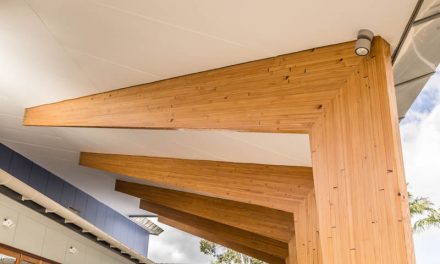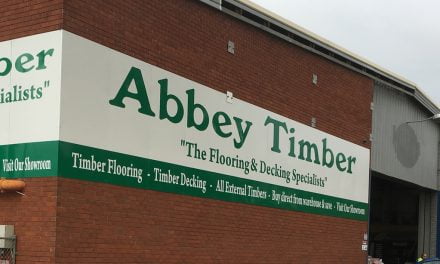A slick, upbeat timber construction seminar was staged in Sydney in May by the Austrian Trade Commission to coincide with the DesignBuild exhibition. It was standing room only at the event hosted by the Austrian Consul General and Trade Commissioner Karl Hartleb, with polished presentations related to aspects of the mid rise wooden building phenomena.
Austria is the powerhouse of timber product manufacturing in Europe, especially massive panel and other engineered timber products. Timber product exports from Austria to Australia rose by 35 percent in 2016.
The birthplace of CLT, Austria’s production reached 500,000 cubic metres last year. In addition, Austria continues to lead global work in engineering and technology innovation related to massive timber panel product and related tall wooden building design and construction.
Stora Enso was a leading participant in the Austrian seminar. A significant global company, Stora Enso has now well and truly established a firm footprint in Australia, with distribution hubs in five states and strong technical and sales expertise across the full suite of timber products – notably, in the context of the mid rise building seminar, CLT and related products and services.
Engineered Wood Products Australian supply chain manager Erkki Valikangas, describes Stora Enso as a renewable material company. “Everything that’s made with fossil fuel-based materials today can be made from a tree tomorrow,” he says.
Valikangas says the CLT revolution has essentially enabled the timber industry to move beyond its former “cottage” industry status building detached homes, to be a central player in modern commercial construction.
“This trend will continue to gather momentum as light weight, rapid and clean building systems is increasingly applied to city infill projects in Australia and around the world,” he says.
Valikangas adds that Stora Enso has worked hard to develop technical material related to CLT design and engineering.
“This includes a building systems manual that we are continuing to update and expand,” he says.
Valikangas warns that the momentum behind the CLT-based building industry innovation and development needs to be maintained. He emphasises the need to pay close attention to aspects like increasing manufacturing automation and 3D printing and what these and other initiatives will mean for construction and material suppliers.
Valikangas also notes that, in contrast to Europe, 99 percent of houses constructed in Australia are based on light weight timber construction systems that lent themselves to “closed” panel building solutions.
“So emerging massive panel building solutions offer great improvements in building quality, affordability and construction time,” he says.
While acknowledging the extremely positive benefits afforded by the changes to the National Construction Code that provide a “deemed to satisfy” provision for wooden buildings to 25 metres, there are no height restrictions beyond the 25 metre limit in the code.
“This adds to the need to progress research and engineering work in relation to fire regulations and other compliance matters,” Valikangas says. “These challenges aside, I anticipate that the momentum for tall wooden building construction will accelerate significantly over the next 20 years.”











